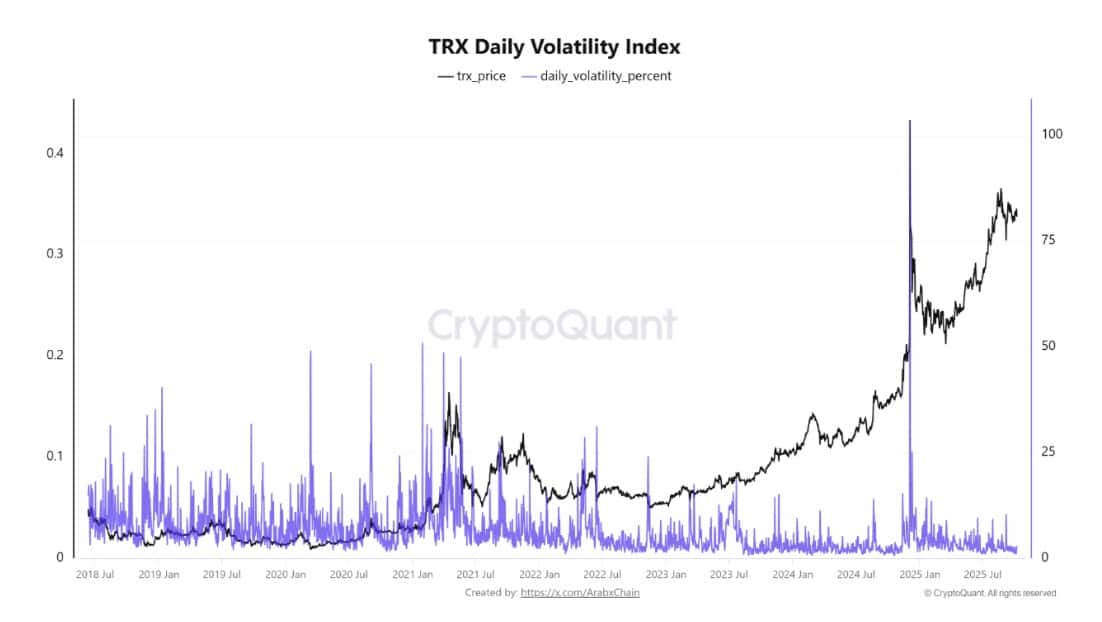Why Stripe’s Secret ‘Tempo’ Blockchain Could Flip the Entire Crypto Game—And Paradigm Is Quietly Leading the Charge
What if the next big wave in fintech doesn’t come from Silicon Valley’s usual suspects—but from Stripe, that $91.5 billion powerhouse quietly crafting its own Layer 1 blockchain in stealth mode? Meet Tempo, a hush-hush project that could rewrite the rules for high-volume, stablecoin-driven payments. Teaming up with Paradigm, Stripe isn’t just dipping its toes into crypto waters—they’re potentially building an entire ocean designed for enterprise-level speed, reliability, and scale. Imagine a blockchain humming along with Solidity support, aiming to snag Ethereum’s developer goldmine, yet tailored to crush existing alternatives with deterministic settlement times and fixed fees. But here’s the kicker: no one knows exactly what Stripe’s endgame is, or if they’ll unleash a native token to go with it. In a world where Meta, Apple, and Airbnb are all eyeing stablecoin playbooks, Stripe might just be gearing up to set a new standard—while keeping their cards so close you’ll have to squint to see them. Curiosity piqued? Hang tight, because Tempo’s stealth ride has only just begun. LEARN MORE

Key Takeaways
Stripe is reportedly developing a stealth Layer 1 blockchain, Tempo, in partnership with Paradigm to power high-volume, stablecoin-based payments.
Stripe, the $91.5 billion fintech giant, is quietly venturing deeper into the crypto space with plans for a new payments-oriented Layer 1 blockchain dubbed Tempo – a move that could mark the start of a dedicated Stripe blockchain push.
The yet-unannounced project, developed in collaboration with research-driven venture capital firm Paradigm, surfaced through a product marketing job listing posted on the Blockchain Association’s careers board.
Posted on the 3rd of August and initially reported by Fortune, the listing offers a rare glimpse into the stealth initiative.
Small team, big ambitions
According to Fortune, Tempo is being developed by a small, five-person team operating entirely under the radar.
The product marketing role hints at enterprise-level ambitions, requiring experience with Fortune 500 companies.
On top of that, Tempo will support Solidity, Ethereum’s [ETH] primary programming language, a move that could help it tap into the blockchain’s vast pool of developers and existing tooling.
Remarking on the same, Ryan Yoon, Senior Analyst at Tiger Research, told a publication,
“Tempo could offer deterministic settlement times and fixed fee structures specifically for high-volume payment processing, though whether this meaningfully differentiates from existing high-performance chains remains unclear.”
Rising tide of corporate stablecoin interest
The initiative comes amid a wave of corporate interest in stablecoin-based payments, with major tech names such as Meta, Apple, and Airbnb exploring ways to integrate them as an alternative to conventional payment systems.
Having said that, Stripe has already made notable investments in stablecoin infrastructure.
In October, it announced a $1.1 billion acquisition of Bridge, a platform that enables businesses to embed stablecoins into their payment workflows or even issue their own tokens.
Earlier, in June, it purchased crypto wallet developer Privy.
Together, these deals give Stripe end-to-end capabilities for stablecoin transactions, from wallet creation to payment processing, positioning a future Stripe blockchain to handle the entire payment stack.
Strategy still under wraps
Despite recent developments, Stripe has remained silent about its broader blockchain strategy.
The company has not explained why it is building Tempo, nor has it confirmed whether a native cryptocurrency is part of the plan.
For now, Stripe’s blockchain ambitions remain tightly guarded.
All known details stem from anonymous sources, and the original job listing was quietly removed following media coverage.
As Tempo continues in stealth mode, anticipation is growing around how Stripe’s blockchain could reshape stablecoin and crypto-based payments, and what that might mean for the future of digital transactions.




















Post Comment